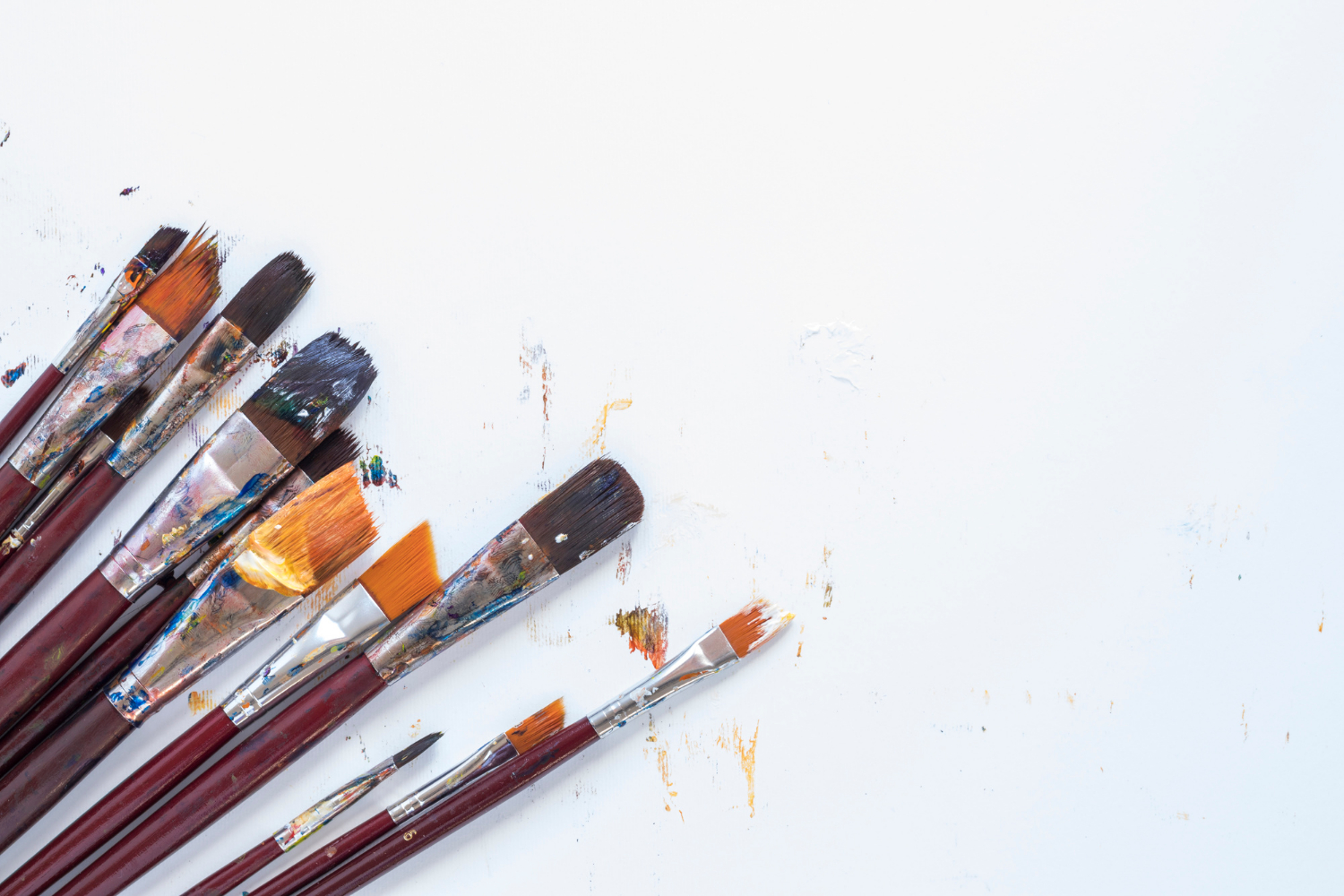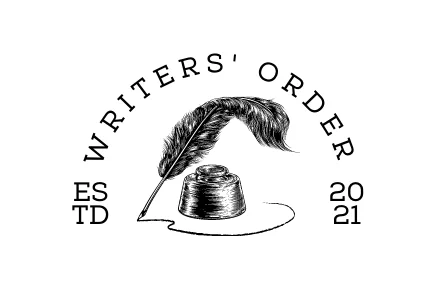You have to be the change to bring the change.

Does the Quality of Paintbrushes Matter?
Our content is reader-supported. We may earn a commission if you make a purchase through one of our links.
It’s easy to find sets of cheap paintbrushes at Target or the Dollar Store. They look like standard brushes, and some people think it’s clever to use the same pack for different art mediums and projects. But that approach can be grossly misleading.
Although talent does not have the ability to afford expensive supplies as its prerequisite, the truth is that investing in art materials is almost a necessity for any aspiring artist. For instance, having kneaded erasers and charcoal pencils of varying grades can impressively refine your portraits.
Using gesso to prime your canvas ensures that it does not absorb all the oil paint and has room to build layers. Likewise, using high-quality paintbrushes can also be an artistic lifesaver.
Making any type of art takes creativity and time, so using the right art tools can make sure that neither of those goes down the drain.
What Determines the Quality of Paintbrushes?
It’s vital to know that manufacturers offer different types of paintbrushes to be able to tell the quality differences. These vary in terms of their shapes, bristles, thickness, and purpose.
Bristles
While most brushes are crafted from wood, their strands may have natural or synthetic hair. Natural fibers include silk, cotton, wool, and linen.
On the other hand, synthetic brushes consist of nylon, polyester, spandex, or rayon bristles. The former are delicate and have special needs. To demonstrate, leaving them in paint water for some time can bring permanent damage in which the bristles become clogged and stiff. But they are great in terms of shape retention, and oil and water can feasibly soften them.
However, since the hair may come from animals or birds, some artists may have reservations about the ethicality of these tools.
Synthetic brushes work better with all mediums, while natural ones are not on the best terms with acrylics. These are more resilient and also leave fewer strokes behind. For most artists, natural hair brushes are budget-friendly, and their lack of association with animals can also be a perk.
Sadly, they can splay faster, and you may have to replace these more frequently. For this reason, artists generally affiliate a higher quality with nature-based brushes. They are exceptional for detailing and for working with oils or watercolors.
Shape
Another factor that can differentiate brushes is their shape. The standard brushes are round, often with pointed tips. It makes them fit for creating outlines and details, especially when they are small in size. You can also use one of these to fill a circle because if you press and rotate them on a flat surface, they can create perfect dots.
For bolder strokes, square-shaped brushes with flat ends are more apt. If you are painting the sky, background, or underlayers that use single colors in large quantities, you can count on flat brushes. Artists also find them ideal for glaze or varnishing on the final project, as they facilitate an even spreading of the chemical.
For shading, your high-quality brushes will have angular bristles. These enable you to perfect curvature, and you can even use the tip for thinner lines. Yet another shape is that of fan-haired brushes that cater to specific textures in painting. Their bristles spread out from the ferrule and are incredibly thin.
Consequently, they can work like magic wands if you wish to paint hair, tree branches, or feathers. An increasingly popular technique is painting stars by dipping the brush in white paint and then spraying it over the sky in the scene. Fan-shaped brushes make this prospect easy and fun.
Other Features
Based on these factors alone, an average-quality brush is likely to have synthetic hair, a wooden handle, and square or round-shaped bristles. It will also be light-weighted and small in size. Although these are not ideal for important projects by any means, they can be handy for one-time initiatives.
For example, if you’re teaching kids who barely know how to hold a pencil or a brush, cheap and disposable packs should be your first option. But if you want to experiment with form and color and integrate a range of techniques in your work, you will need a higher-quality set.
The Horrors of Using Low-Quality Paintbrushes
Using ill-suited brushes can be disappointing in more ways than one. For starters, it can turn the beautiful process of making art into a frustrating and time-consuming ordeal.
If you resort to brushes with loose bristles, they may get stuck in fresh paint. If the brushes are too stiff or too limp, they may not even absorb the color adequately. It means that you will have to redo the same layer before creating anything substantial.
Sometimes, they can produce undesirable streaks in your work. Only a selected few artists appreciate streaky textures with visible brushstrokes, and the vast majority gravitate towards a smoother, more supple texture.
Thus, a misguided choice of brush can unintentionally mess with your technique, and your final work will end up drastically different from what you imagined.
Some defective brushes may make for unhappy accidents, such as leaving ugly streaks, blobs, or splatters on your work. Depending on your medium, it can create a great nuisance by being irreversible and ruining an exquisite painting.
Besides the risk of a ruined painting, bad-quality brushes are somewhat tricky to use. Due to their sturdy shapes, they are not easy for the hands to hold. Many people end up with strains and aches after frequently working with such sets. This painting fatigue makes you weary of art itself, but the truth is that it’s avoidable.
Moreover, these brushes grow stiff or break quicker, and you end up investing a lot more in their replacements. For a consistent artist, the prospect of saving some bucks by buying cheap brushes thus turns counterintuitive.
Bottom Line
In conclusion, the future of art is bright, but you will not get there by using low-quality paintbrushes. Therefore, to save yourself the frustration and horrors that come with using poor-quality paintbrushes, it’s crucial to invest in the correct picks from the start.
These will have a longer lifespan, and you can eventually build a collection that isn’t a random assortment of dysfunctional brushes. Lastly, high-quality paintbrushes tend to be on the expensive side, therefore, make sure to clean your paintbrushes to maintain their quality.



